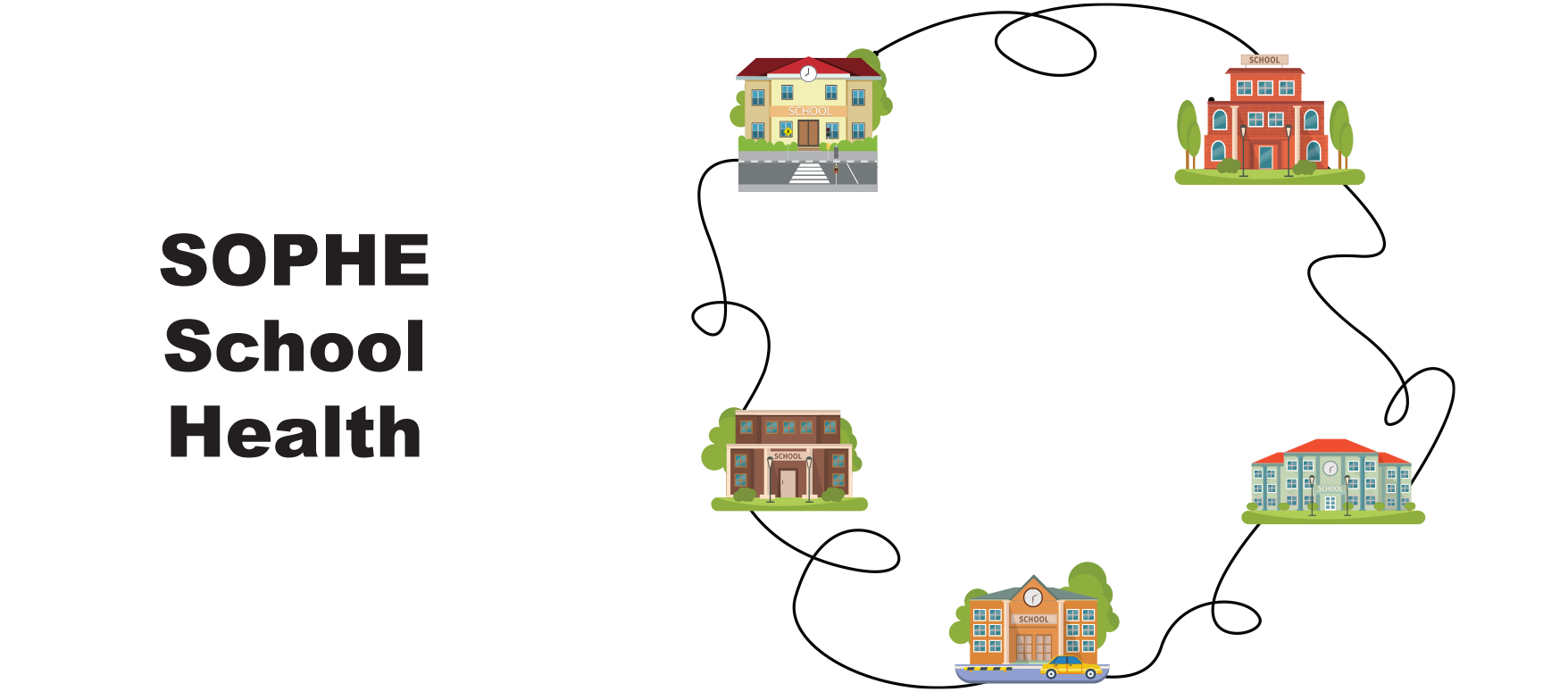
School Health Education Teacher Preparation Model Guidance
Section 1: Characteristics of a High-Quality Health Education Teacher Preparation Program
This section lists best practices, key characteristics, and program infrastructure to promote the provision of successful training programs for health education pre-service teachers. These characteristics were developed in collaboration with school health experts and faculty from across the country who have either been involved in educating pre-service health education teachers or evaluating health education teacher preparation programs.
Quality Health Education Teacher Education (HETE) & Preparation Programs Include the Following:
- Participation in peer review via CAEP (Council for the Accreditation of Educator Preparation) Specialty Professional Association (SPA) Program Review and National Recognition or similar accreditation process, which includes ongoing self-assessment and evidence-based analysis of programs
- Adherence to CAEP-recognized guidelines for initial health education licensure programs such as the SOPHE 2019 Health Education Teacher Preparation Standards
- Faculty and staff holding terminal degrees in health education (e.g., doctorate or master’s level) teach courses within the HETE program and also commit to periodic, ongoing participation in relevant continuing education to keep current in the field of adolescent and school health
- Consistent design, identification, and administration of instruments that internally measure the program’s overall impact (e.g., teacher candidate efficacy to address standards, impact on learners) and its effect on graduates (e.g., induction year, five years)
- Significant health education credit hours in the teacher candidate program of study to fully address the scope of guidelines for initial health education licensure programs (i.e., more than eighteen credit hours). Coursework should include the following:
- Methods in health education
- Assessment in health education
- Foundational courses (e.g., models, theories, ethics, whole-school initiatives)
- Skills-based health education
- Content-based courses that reflect emerging needs of today’s learners
- Courses should challenge teacher candidates to plan and implement such instruction in the classroom and address diversity of all learner types as well as technology (i.e., virtual and in-person learning).
- Student teaching experience in the field that includes the following:
- Significant hours in health education, (i.e., more than eighteen credit hours) including planning, implementing, and evaluating youth learning experiences of health education lessons
- Full immersion in a health education teaching experience (e.g., significant time in a classroom/school-based setting, observation of lead/cooperating teacher, co-teaching, or other school-based duties as assigned)
- Student teaching site mentor who teaches health education is certified in health education and/or has a degree in health education
- Example programs of study/course guides
Quality Joint (Physical Education and Health Education) Programs Include the Following:
- All characteristics of a HETE stand-alone program(s) referenced above
- Equitable balance (i.e., 50% of each) of health education and physical education credits/courses in curriculum that is required for graduation and deems teacher candidates eligible for certification/credentialing examinations
- Student teaching experiences that are also equitable across both domains so that teacher candidates demonstrate mastery of essential knowledge and skills in both health education and physical education
- Recognition in programs and among faculty and staff that health education and physical education are distinctly different disciplines and have different student-level learning outcomes
- Encouragement of joint program graduates to obtain certification in both health and physical education via their state certifying agencies
- Example programs of study/course guides
Health Education Programs Embedded in Physical Education Programs Include the Following:
- Health education teacher preparation programs that are not embedded within stand-alone physical education teacher preparation programs
- Joint programs that combine the two disciplines, following the recommendations above, or establish a stand-alone health education program
Example Programs of Study/Course Guides
-
Characteristics of High-Quality Pre-Service Health Teacher Education Curriculum HE ONLYCharacteristics of High-Quality Pre-Service Health Teacher Education Curriculum HE ONLYYou must log in to access content.
-
Dual Major for Health Educ and Physical Education - Plan of StudyDual Major for Health Educ and Physical Education - Plan of StudyYou must log in to access content.
-
HETE Certification Program Curriculum PlanHETE Certification Program Curriculum PlanYou must log in to access content.
| Access Date | Quiz Result | Score | Actions |
|---|


